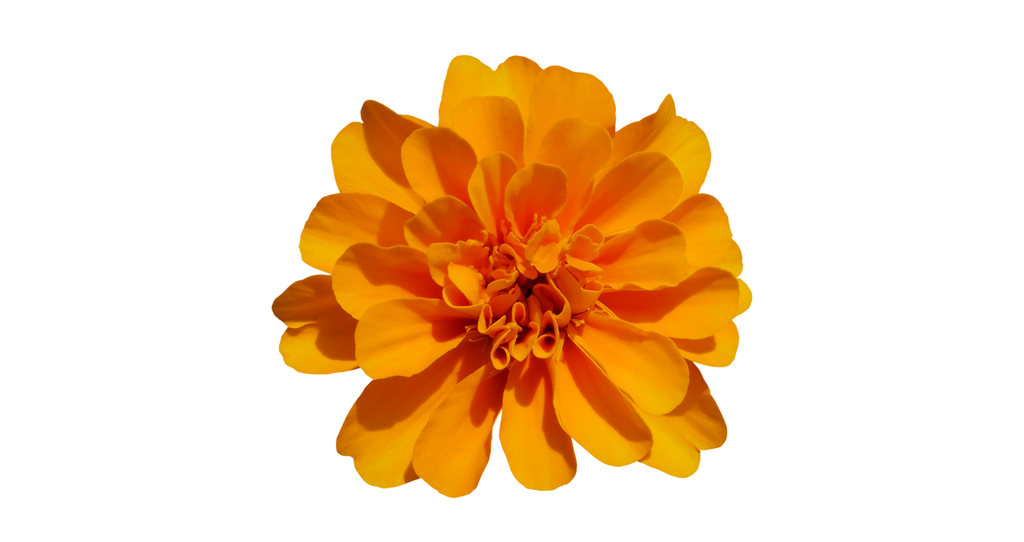
Marigolds are native to Mexico and Guatemala and have most probably been introduced to the rest of Central America and the western Andes of South America. It has also been introduced elsewhere in the tropics and is widely grown worldwide (including Africa and the Indian Ocean islands) as a popular garden ornamental plant. It is grown commercially as a dye mainly in Latin America; in Africa on a small scale in Zambia and South Africa.

The whole herb is considered a medicine with anthelmintic, aromatic, digestive, diuretic, sedative and gastric properties. It is used internally to treat indigestion, colic, severe constipation, dysentery, coughs and fever, and externally to treat ulcers, eczema, sore eyes and rheumatism. In East Africa, its roots are eaten with oyster sauce (Telfairia pedata (Sm. ex Sims) Hook.) to relieve pain in the genitals.
In Mauritius, flower decoction is taken to treat jaundice. Root secretions have insecticidal and nematode-killing effects. Marigolds are sometimes grown in fields as an insect repellant because of its distinctive smell, although the plant itself is susceptible to insect damage.
In India, it is grown to produce "essential oil". The oil is used in trace amounts in perfumes to impart floral and "apple" notes. In Gabon, the leaves are sometimes used as a spice.

